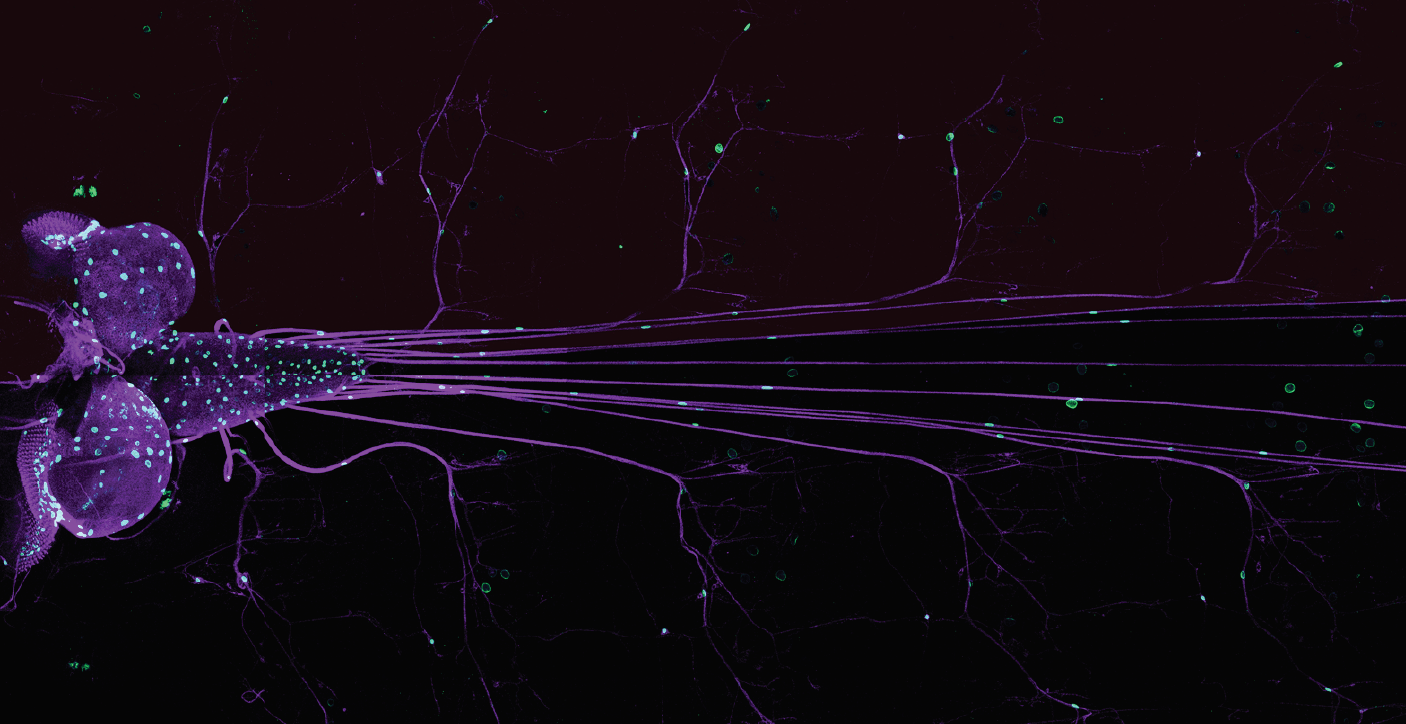
© R. Kottmeier - C. Klämbt

Ziel dieses Projekts ist es, die Entstehung und Aufrechterhaltung von Zell-Zell-Kontakten, sogenannten septate junctions, welche für die Bildung einer funktionalen Blut-Hirnschranke essentiell sind, zu verstehen. Insbesondere wird die Rolle der trizellulären junctions beim lateralen Wachstum der Zell-Zell-Kontakte sowie die Etablierung der Zellpolarität in Gliazellen, welche die Blut-Hirnschranke bilden, analysiert. Außerdem soll die Bedeutung von trizellulären Zellkontakten für die Wanderung von Makrophagen über die Blut-Hirnschranke untersucht werden.
Forschungsgebiet: Neurobiologie
Prof. Dr. rer. nat. Christian Klämbt (07/2012 - 06/2024)
Prof. Dr. rer. nat. Stefan Luschnig (07/2016 - 06/2024)
Dr. Stefanie Schirmeier (07/2016 - 06/2024)
Projektlaufzeit: Juli 2012 - Juni 2024
Originalartikel
Reviews